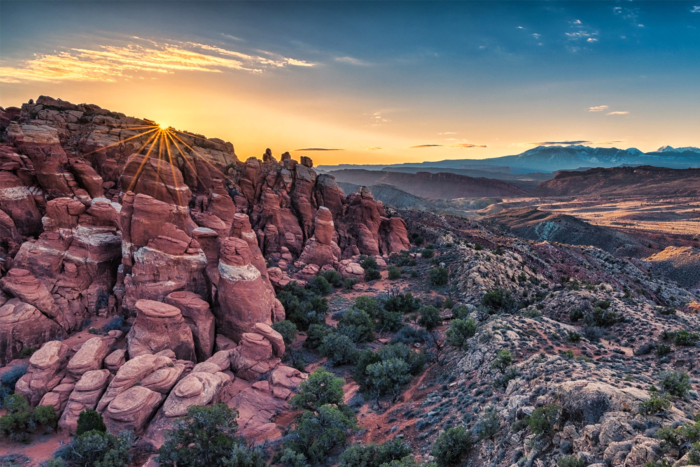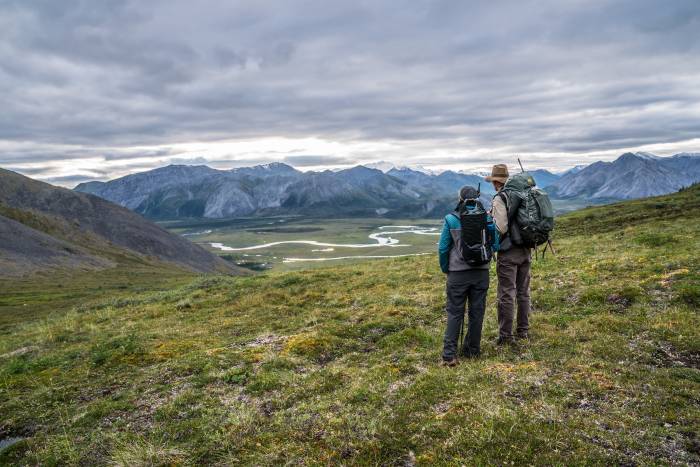On Saturday, April 29, around 6 p.m. local time, search-and-rescue (SAR) operators in southwest Texas received a call from a distressed hiker.
The individual reported he was stranded on a sheer cliff face, standing on an area the size of a sheet of paper, with one handhold. He was getting tired, he told rescuers, and didn’t know how much longer he could hold on. His hiking partner had already fallen 500 feet to his death.
SAR teams scrambled to El Capitan, a 1,000-foot tall limestone formation in Guadalupe Mountains National Park, 100 miles east of El Paso, Texas.
Over almost the next 24 hours, a high-consequence rescue played out, involving teams from all over the area. Three rope-access technicians would ultimately pick the man off the loosely consolidated limestone face, ushering him to safety unharmed.
But the overnight rescue could have played out much differently. A fixed-wing drone with a FLIR thermal camera on board was required to locate the man in the pitch darkness. And rescuers rappelled down to the summit from hovering Blackhawk helicopters in 50mph gusts as pilots fought to steady their sticks.
‘Once-in-a-Career’ Rescue
It was a rescue that professionals call a “once-in-a-career” event. The individuals involved are being considered for various commendations, and one official who helped coordinate the operation said he was “beyond proud” of how his teams responded.
John Majerus is the Assistant Chief of the Carlsbad Fire Department. A SAR team under his command played an integral role in the rescue. Asked about the risk factor they faced, he called it “extremely high.”
“It’s a seminal event for someone involved in rope rescue,” he asserted. “There’s probably never going to be a situation where they’re going to have to do something like this in their career.”
A National Park Service (NPS) press release rattled off the long list of groups involved in the interagency team:
- Texas Department of Public Safety (DPS)
- Aircrews from C Company 2-227th MEDEVAC out of Fort Hood, Texas
- Carlsbad Caverns National Park
- Eddy County, Carlsbad, and Dell City fire departments
- Firefighters from Olympic National Park
- Culberson County Sheriff’s Office
- Culberson County Ambulance Service
From Day Hike to Disaster
For the two hikers, whose names and identifying details are still being protected as of this writing, it all began innocently. The two men planned a day hike to El Capitan, Texas’ eighth-highest point at 8,085 feet. For many groups, that’s about all it takes.
The men’s hike went sideways when, in casual gear like tennis shoes and T-shirts, they strayed onto the cliff face and ended up about 500 feet off the deck.
Disaster struck when one fell. The cliff is famously crumbly, to the point that it prevents technical rock climbing to any degree of safety. But the reasons behind the individual’s death — and why the two hikers ended up in harm’s way at all — are still unclear.
“That’s the great mystery of it all,” Kevin Willard, Division Chief of Administration at the Eddy County Fire Department, said in a Wednesday interview. “I guarantee you they were going out there trying to have a good time and enjoy the parks.”
He added that the survivor was reasonably physically fit and did not appear to be intoxicated at the time rescuers made contact. Logic makes it difficult to guess how the men could have ended up so exposed. While summiting El Capitan via the Guadalupe Peak trail is considered challenging, it’s also popular and generally considered safe, especially in full daylight.
At a 10.6-mile round trip and less than a mile of elevation gain, the trail demands moderate fitness. Hikers in decent shape, as the rescuers confirmed the survivor to be, would likely feel comfortable. On top of that, Saturday, April 29, was a beautiful day at 76 degrees Fahrenheit and partly cloudy.










